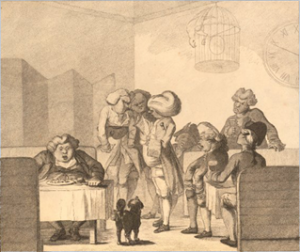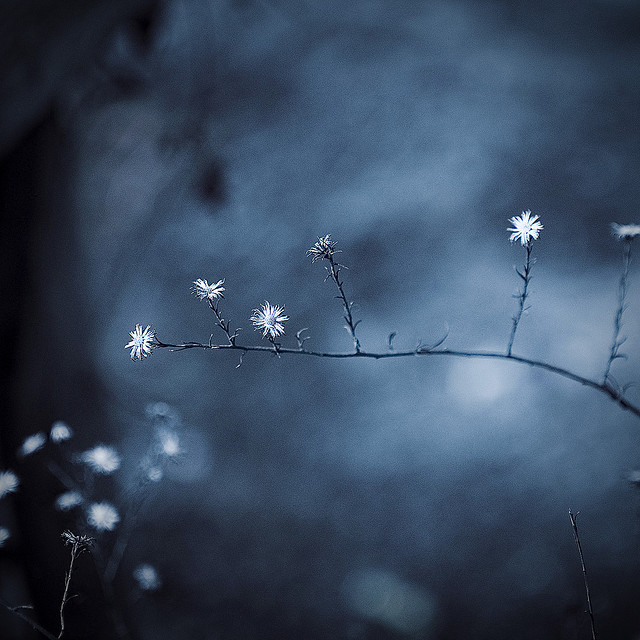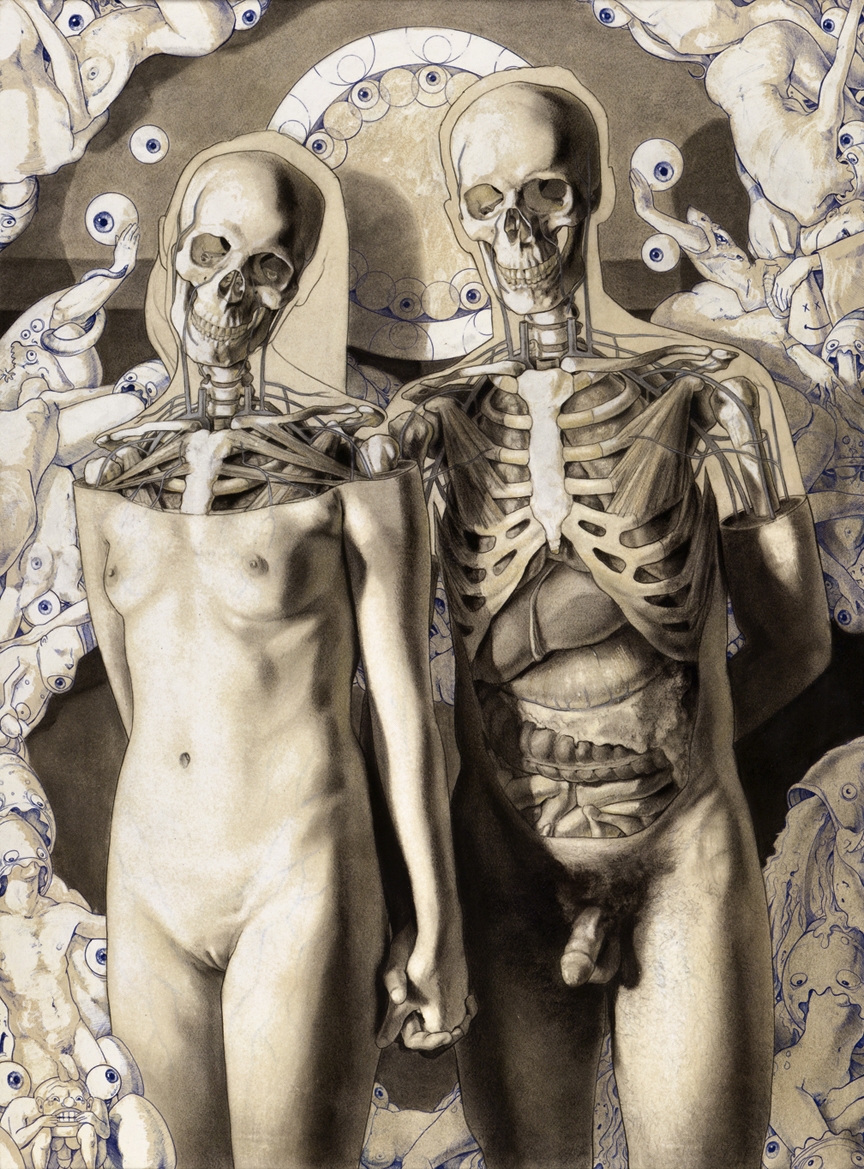The Wapping Project Bookshop (21/03/12)

On Wednesday night I curated a listening event for In The Dark, held within the intimate confines of the Wapping Project's Bookshop, which just happens to be in a Glasshouse. If you've never been to an In The Dark event before, think of it as a film screening, but for radio, sound and audio stories.
The pieces chosen were all tied to the theme of 'Cityscapes', tapping into the many stories, textures and soundscapes that resonate from urban environments. The selection spanned a range of styles and formats, from more conventional narrative / documentary pieces to the more abstract, capturing the essence of urban decay through sound.
The features were also blended together with a collection of field recordings which I'd taken from around London, as well as those taken elsewhere, including a Parisian recording form Soundlandscapes blog.
Some notes on a few of the pieces featured:
Out of the Blocks
Included on the playlist was a 7 minute edit of 'Out of the Blocks', as recently featured on the Third Coast International site. Produced through a collaboration between radio producer Aaron Henkin and electronic / Hip-hop producer Wendel Patrick, the piece presents a sound rich documentary profiling of an entire city block in Baltimore, 'documenting the stories, voices, and people who populate the 3300 block of Greenmount Ave.'. What makes this piece stand out is in its interesting use of music, which was scored exclusively by Patrick adding greater texture to the voices and the stories they tell.
[youtube http://www.youtube.com/watch?v=oj0JQF63lZQ]
You can listen to the short edit on the Third Coast site where there's also a nice interview with the pair. To listen to the original full hour edit of the documentary go on over to Wendel Patrick's site.
Gateshead Multistory Car Park
Towards the end of the night we delved into the darker side of urban decay, with an excerpt from the Langham Research Centre's menacing sound profile of the Gateshead Multi-story Carpark, originally produced for Radio 3's Between the Ears.
The piece was recorded entirely on location and laid down on reel-to-reel tape, where it was manipulated further, slowed down and looped. Everything heard in this feature was derived from sounds captured within the Carpark and you can really get a sense of the menacing and repressive tone that this concrete behemoth exuded:
http://soundcloud.com/langham-research-centre/gateshead-multistorey-carpark
The Dustbin Man Cometh
One of the regular noises I come across living in a city, is the early morning mechanical chaos of the dustbin collection. To finish of the night, I played a piece which I'd produced specially for the event - a heavily processed sound piece created from the single recording of a dustbin truck collection.
If you have ever been woken up in the early hours by this sort of noise, I'm sure you're aware of the complex mechanical racket that they make. It's a great collection of sounds - clangs, squeaks and crashes - I really wanted to capture and then pull out elements of this noise, turning them into an evolving, glitchy cascade of sound that would fill the listening space it was to be presented in. Anyway, have a listen below:
http://soundcloud.com/eprosser/the-dustbin-man-cometh
--
The next In The Dark event will be held on the 4th April, aboard the Lightship95 with guest curator Martin Johnson
 I am delighted to have a selection of my audio works featured on basic.fm, a new broadcast project being undertaken by the Pixel Palace at Tyneside Cinema in Newcastle. Throughout the next couple of weeks the station will be playing a special eight hour show, composed from a collection of audioworks produced by international artists.
I am delighted to have a selection of my audio works featured on basic.fm, a new broadcast project being undertaken by the Pixel Palace at Tyneside Cinema in Newcastle. Throughout the next couple of weeks the station will be playing a special eight hour show, composed from a collection of audioworks produced by international artists.














 I was interested to
I was interested to 


 I remember listening to audiobooks as a child and there were years where I wouldn't sleep unless I had a tape playing in the background. To a child, silence can be pretty ominous and I suppose there is something comforting in having 'someone else' in the room with you, narrating a story as you fall asleep. Even now, when all I seem to crave is silence, there is still something comforting in putting on a pair of headphones and escaping into a world led by the voice of another.
I remember listening to audiobooks as a child and there were years where I wouldn't sleep unless I had a tape playing in the background. To a child, silence can be pretty ominous and I suppose there is something comforting in having 'someone else' in the room with you, narrating a story as you fall asleep. Even now, when all I seem to crave is silence, there is still something comforting in putting on a pair of headphones and escaping into a world led by the voice of another.









 I'm posting two little audio pieces to mark the end of NASAs space shuttle program which will (with any luck) enter its final mission today with the launch of Atlantis (STS-135) in a few hours.
I'm posting two little audio pieces to mark the end of NASAs space shuttle program which will (with any luck) enter its final mission today with the launch of Atlantis (STS-135) in a few hours.
 Our response to sound and noise are influenced heavily by the psychological associations we have with them. Hospitals and their internal soundscapes obviously carry very negative connotations and in the case of young children these negative associations can lead to increased levels of distress and fear. However the reverse of this is also true, certain sounds can have very positive associations and the effect of listening to these sounds can be very positive and powerful.
Our response to sound and noise are influenced heavily by the psychological associations we have with them. Hospitals and their internal soundscapes obviously carry very negative connotations and in the case of young children these negative associations can lead to increased levels of distress and fear. However the reverse of this is also true, certain sounds can have very positive associations and the effect of listening to these sounds can be very positive and powerful.
